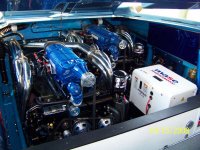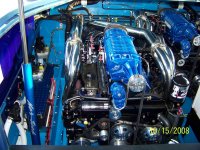scwten13
New member
Whats the difference between a long and short stagger? The distance from the transom to the engine? Also, is there a minimum distance the props need to be apart? Obviously they cant touch, but if they get too close will the boat slow down? I saw the Predator Apache 41 a long time ago and I could just get my thumb between the props. I am a lurker of sorts here, no boat, but I enjoy reading the posts you guys put up. Always learn something new.


